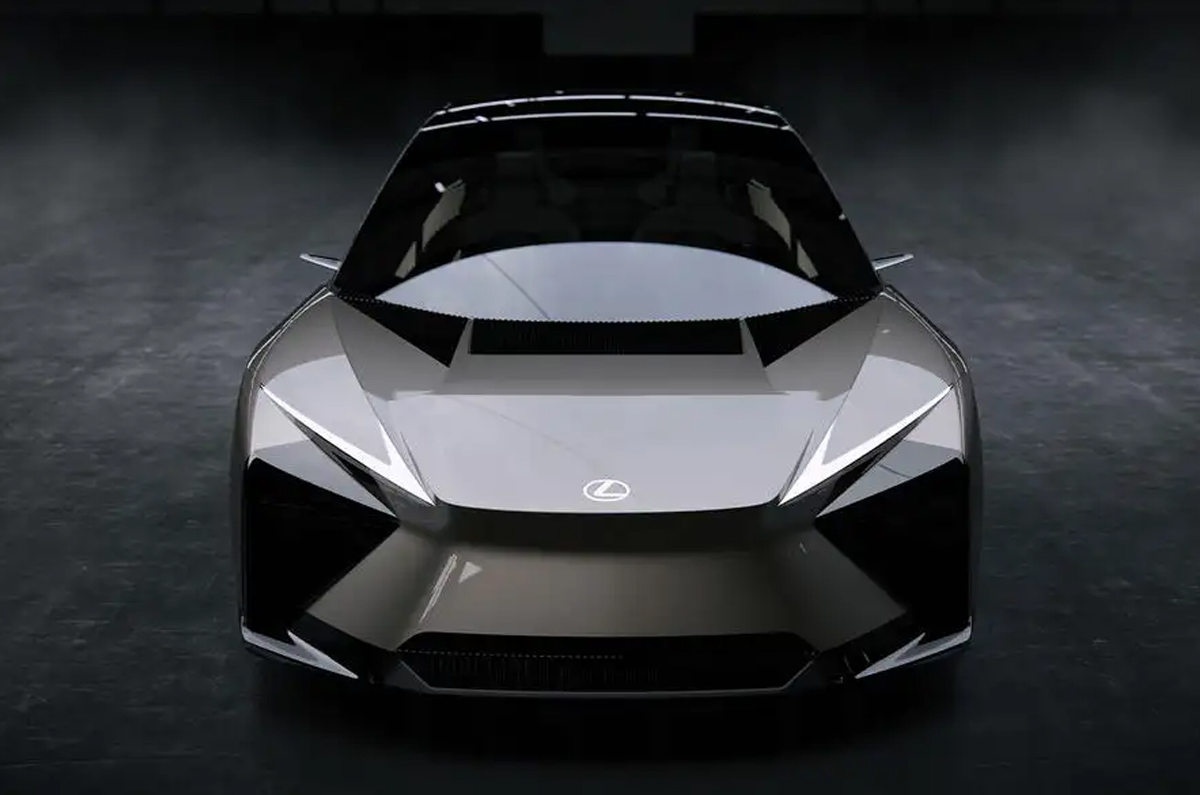Lexus LF-ZC flagship EV sedan concept gets 1,000km range

The new Lexus LF-ZC concept paves the way for a premium electric saloon that’s due to launch in 2026. The new model is one of two EV concepts Toyota’s premium brand has unveiled at the Tokyo motor show. The other is the LF-ZL, which previews a future flagship SUV. Both models carry the LF – Lexus Future – nameplate used by the firm for concept cars, along with the production LFA.
- LF-ZC to offer up to 1,000km maximum range
- To go into production by 2026
Lexus LF-ZC battery and range
The brand confirmed that the top-spec version of the LF-ZC will offer a range of 1,000km when it goes into production, and lower variants will be introduced with lower ranges. It sits on a new common architecture that will underpin a wide range of future battery-electric models from Lexus and Toyota. It features next-generation prismatic batteries that, the firm claims, will offer improved energy efficiency.

The LF-ZC shares its platform with the Lexus LF-ZL, Toyota FT-3e and the Toyota FT-Se. It’s designed to be modular so that it will be suitable for different sizes and types of vehicles, as well as a range of different powertrain layouts. Lexus also claims that it has a number of weight-reduction design elements.
The manufacturer has used a process called ‘gigacasting’, where the modular structure is effectively divided into three parts, and the batteries are said to be located in the middle of the car giving more freedom to the front and rear structures of the car. There will also be increased integration of parts, which, the firm claims, will improve rigidity.

Lexus has given no technical details of the LF-ZC's powertrain, but it confirmed that it will be offered in single-motor, rear-wheel drive form. A dual-motor, four-wheel-drive model will also be available. The firm says it is aiming to achieve “twice the range of conventional BEVs” through the use of the next-gen batteries and improved energy efficiency.
Lexus suggests the production version of the LF-ZC is likely to use the firm’s new Arene operating system, which, it claims, will have an “unprecedented effect” on driving dynamics by being able to replicate the driving characteristics of different types of car – in turn allowing the driver to alter the handing to suit their preferences.
This suggests that the production version of the LF-ZC could eventually be offered with the ‘manual’ EV transmission that Lexus is currently developing.
Lexus LF-ZC exterior and interior design
The concept is 4,750mm long, 1,880mm wide and 1,390mm tall, with a wheelbase of 2,890mm. The car is low slung and has an extremely low drag coefficient of 0.2, which helps maximise range. The exterior design showcases the latest version of Lexus’s design language, with much of the focus given over to aerodynamic optimisation. The front end retains a version of the trademark Lexus ‘spindle’, while the flared rear wheel arches are designed to boost the car’s stance.

On the inside, there is a bold steering yoke with steer-by-wire technology, while the main controls have been spread across the cockpit area on a number of digital pads. The left pad is used for operational functions such as safety systems, driver assistance features and drive mode selections, while on the right, it has audio and climate control amongst others.
There is also a ‘distant view meter’, which is similar to a heads-up display and projects information onto the windscreen. The car also has digital wing mirrors and the manufacturer claims it will help the driver maintain focus. The front passenger also gets an “ultra-wide” monitor that can be used for infotainment and other apps.
Also See:
1360hp Nissan Hyper Force electric concept could be the GT-R successor
Honda Prelude name revived for future sportscar concept
from Autocar India https://ift.tt/Mo5pKYx
Comments
Post a Comment